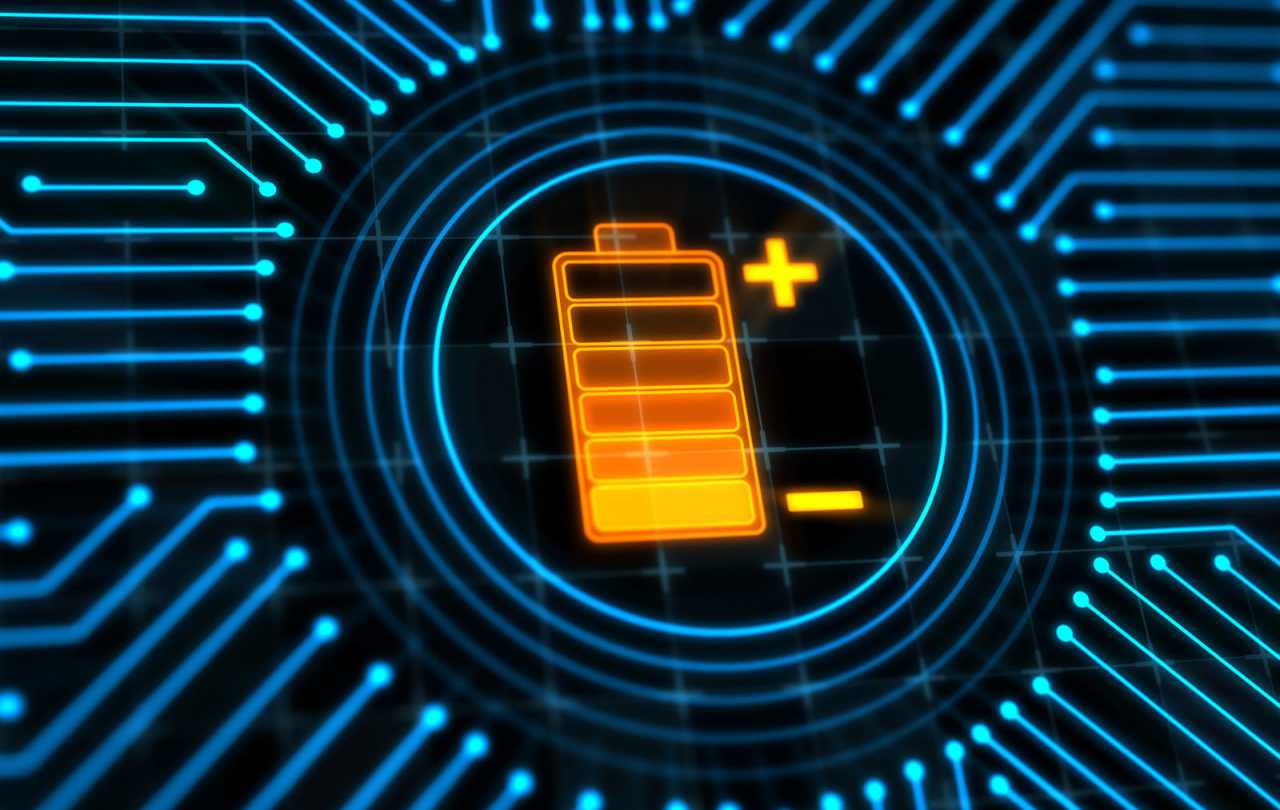South Korean company SK Innovation has confirmed the agreement signed with Nobel Prize winner John Goodenough, which will involve collaboration for the development of a solid electrolyte battery. A firm commitment to advance the terms of this promising technology.
According to the agreement, the company hopes with the help of the veteran researcher to solve the problems related to the safety of lithium-metal batteries using solid electrolytes to prevent the formation of dendrites, causing a short useful life of this technology and one of the main challenges to overcome.
The dendrite phenomenon involves creating a twig-shaped crystal formed when lithium accumulates on the cathode surface when charging the battery. Not only does it reduce battery performance, but it also tears apart spacers that keep positive and negative electrodes in contact with each other, causing fires or explosions. In today’s liquid electrolyte, ions are inhomogeneously contacted with metallic lithium to form dendrites. On the other hand, in solid electrolytes, it is easy to control ions, thus avoiding dendrites.
As usual, SK Innovation has given no clues as to where the work will go. One of the possibilities is to take advantage of the research carried out by Goodenough and the Portuguese Maria Braga with solid glass electrolytes. Work started two decades ago that resulted in a new version of the electrolytes that this team patented this year.
This solution allows the use of an alkali metal anode, which increases the energy density and the useful life of the pack. They also claim to have solved the problem of dendrite formation, which will allow developing batteries with an extremely long useful life that the team itself has indicated could reach 23,000 charge and discharge cycles. We can compare the 3,000 or 4,000 cycles up to 80 or 90% of the capacity achieved by the most competitive batteries at present.
SK Innovation has mentioned the improvement of the energy and volumetric density of solid electrolyte batteries, which could exceed 1,000 Wh/L, which will translate into batteries with more capacity in less space, opening the doors to better autonomies.
It remains to be seen as the economic question and deadlines. And it is that as we saw yesterday from the hand of Toyota, it is a promising technology but with enormous challenges facing it. Not only technical but also economical since production will require specific and costly manufacturing lines, which can weigh down costs in the first phase. A technology that Toyota hopes to have ready in 2025, a date that should be the benchmark for the sector so as not to extend its deadlines further.

